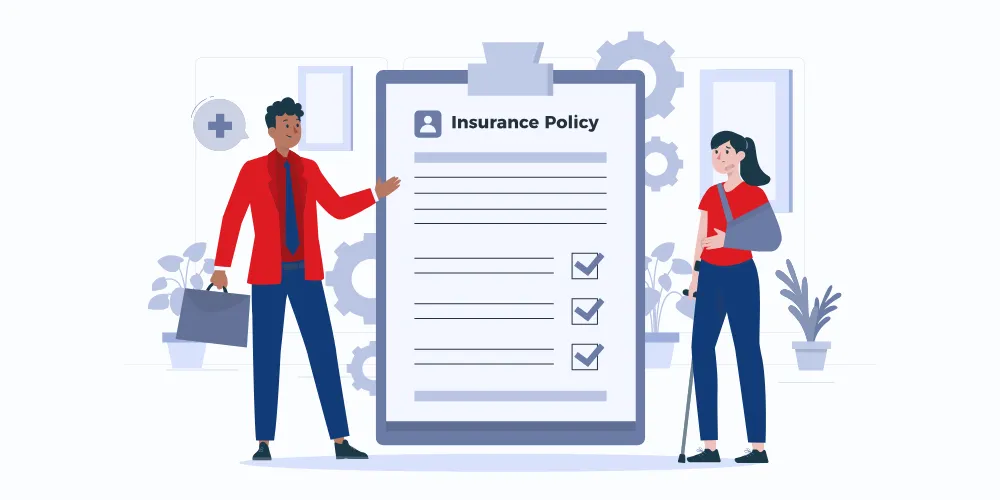A recoverable draw is an advance against future commissions. Sales reps receive a guaranteed amount upfront, which is later repaid through earned commissions. If commissions exceed the draw, reps keep the difference. If not, they owe the balance, making it a temporary safety net during slow periods.
Understanding Recoverable Draw: Overview, Pros & Cons
- Sujeet Pillai
- Apr 22, 2025
- 4 min read
- Last updated on Oct 30, 2025
Introduction to Recoverable Draw
In the fascinating sales world, compensation structures are crucial in motivating sales professionals while ensuring the company's financial stability. A key component frequently utilized is the concept of the recoverable draw. This system not only aids sales teams during transitional phases but also serves as a performance motivator. Before diving deeper, let’s first unravel what makes recoverable draws a significant facet of the sales compensation landscape.
What is a Recoverable Draw?
A recoverable draw acts as a financial safety net that allows sales professionals to receive a predetermined advance on future commissions. This advance is later deducted from their commissions, ensuring their income stays buoyant even during lean months. Fundamentally, a recoverable draw guarantees that the salesperson has enough earnings to cover their personal expenses, especially when sales are tough and commissions have yet to be earned.
Understanding this element of sales compensation is vital, as it bridges the gap between regular earnings and fluctuating sales commissions, preserving morale and enthusiasm within the sales team.
How Recoverable Draw Works
The mechanics of a recoverable draw are straightforward yet strategic. For instance, let’s say a salesperson is on a commission-based plan and usually earns $3,000 monthly. During slower months, when sales might not reach expected goals, they might receive a recoverable draw of $1,000 for that month.
In subsequent months, when sales improve, commissions earned over the regular draw amount are used to pay back the draw. If targets are not met within agreed timelines, the draw may become a subject of negotiation or restructuring with management, ensuring the system is fair and encouraging productive sales behaviors.
Advantages of Recoverable Draw
Adopting a recoverable draw system presents numerous advantages for both sales personnel and employers. For the salesperson, it provides significant financial stability, especially during periods of market transitions or economic downturns. It also motivates employees to aim higher with tangible goals in place.
From an employer's perspective, the recoverable draw lays the groundwork for enhanced sales performance by encouraging team members to strive towards predetermined targets. Therefore, it aligns the interests of both employer and employees towards company-wide success.
Drawbacks of Recoverable Draw
However, no system is without its drawbacks. One notable challenge of implementing a recoverable draw is that it could pressure employees who might feel stressed about repaying it, especially if their sales performance doesn't rebound as anticipated. Tracking the advances and ensuring timely repayments or adjustments can become administratively cumbersome for managers.
To mitigate these drawbacks, pivotal strategies include setting clear terms at the onset, regular communication, and offering training support.
Comparing Recoverable vs. Non-Recoverable Draws
Recoverable draws are markedly different from non-recoverable draws. While the former is an advance against future commissions that needs to be repaid, the latter is more of a guaranteed minimum compensation that doesn't require the repayment of any surplus beyond earned commissions.
Non-recoverable draws are often seen as more employee-friendly since they pose less financial pressure on the salesperson. However, recoverable draws are more economically feasible for employers as they protect the company’s cash flow and mitigate risks linked to permanent advances.
Best Practices for Implementing Recoverable Draw
Companies should assess financial impacts before incorporating a recoverable draw system and ensure alignment with overall sales goals. Communicate the terms lucidly with the sales team and consider setting a cap on the amount and duration of draws to prevent potential difficulties in repayment.
Training sales managers on managing and implementing these draws effectively, alongside maintaining transparency with employees, is crucial for the success of such compensation frameworks.
Conclusion: Is a Recoverable Draw Right for Your Sales Team?
In conclusion, it’s essential to evaluate whether a recoverable draw is suitable for your sales team. Consider team dynamics, market conditions, and business goals when deciding. Pose questions like, "Can this system enhance motivation and stability within our sales division?" or "How might recoverable draws impact our financial planning?" Evaluating these factors will help determine the potential success of adopting a recoverable draw strategy.
Frequently Asked Questions
What is a recoverable draw in sales compensation?
How does a recoverable draw benefit sales representatives?
It provides financial stability, especially for new hires or during off-peak sales cycles. The guaranteed income allows reps to focus on building pipelines without the pressure of immediate commissions. However, they must eventually repay the draw through future earnings, making it essential to maintain consistent performance.
What are the risks of using a recoverable draw?
If sales reps consistently underperform, they may struggle to repay the draw, creating financial stress or potential turnover. For employers, it can lead to administrative challenges and difficulty recouping funds from departing employees. Clear communication and structured agreements are crucial to mitigating these risks.
How is a recoverable draw different from a non-recoverable draw?
In a recoverable draw, the advance must be repaid from future commissions. In contrast, a non-recoverable draw is a guaranteed payment that doesn't require repayment, even if the rep underperforms. The choice depends on company strategy, risk tolerance, and the desired level of rep accountability.




